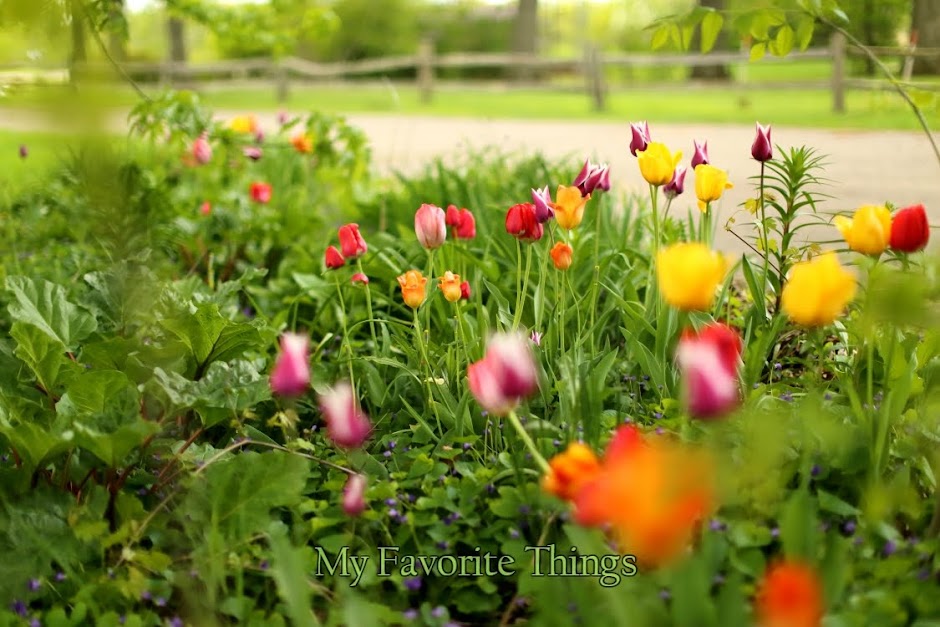I have a big black walnut tree on the side of the yard. It provides great shade, but as I've come to learn, it produces and secretes a substance called juglone (through its leaves, roots, nuts) that affects a lot of plants, such as tomatoes. Affected plants exhibit signs similar to fusarium and verticillium wilt (yellowing leaves, wilting plant, the eventual death of plant). The wilting often happens early and midway in the growing season.
Now, it's highly possible that the area I'm growing my tomato plants may have fusarium wilt (or even verticillium wilt). But I think the most likely culprit is walnut wilt. My tomatoes are planted about 200 to 300 feet away from the walnut tree. I assume the tree'ss roots must be affecting my tomato plants in addition to the walnut husks that are littered everywhere by the dang squirrels.
The Jubilee tomato plants are heirlooms and planted closest to the walnut tree, and may not have any resistance to wilt. My Celebrity tomatoes, which are supposed to be resistant to fusarium wilt, actually started wilting at the end of July. I thought it was odd, but then assumed that it was labeled wrong and semi-resistant. Of course, knowing that walnut wilt is an actual disease, it makes sense that the Celebrity tomato plants would eventually succumb to walnut wilt. Of course, I haven't seen the Roma tomatoes wilt, but it is battling some other leaf disease right now (blight or septoria leaf spot).
Since walnut wilt isn't a bacterial or fungus disease, but more of a defense mechanism (in my opinion) for survival, the only real option is to plant my tomatoes elsewhere or cut down the walnut tree. Right now, I don't want to cut down my tree, yet. So, I'll look to plant my tomato plants elsewhere in my yard.
Do you have a walnut tree in your yard? Has it affected your garden or gardening practices?

No comments:
Post a Comment